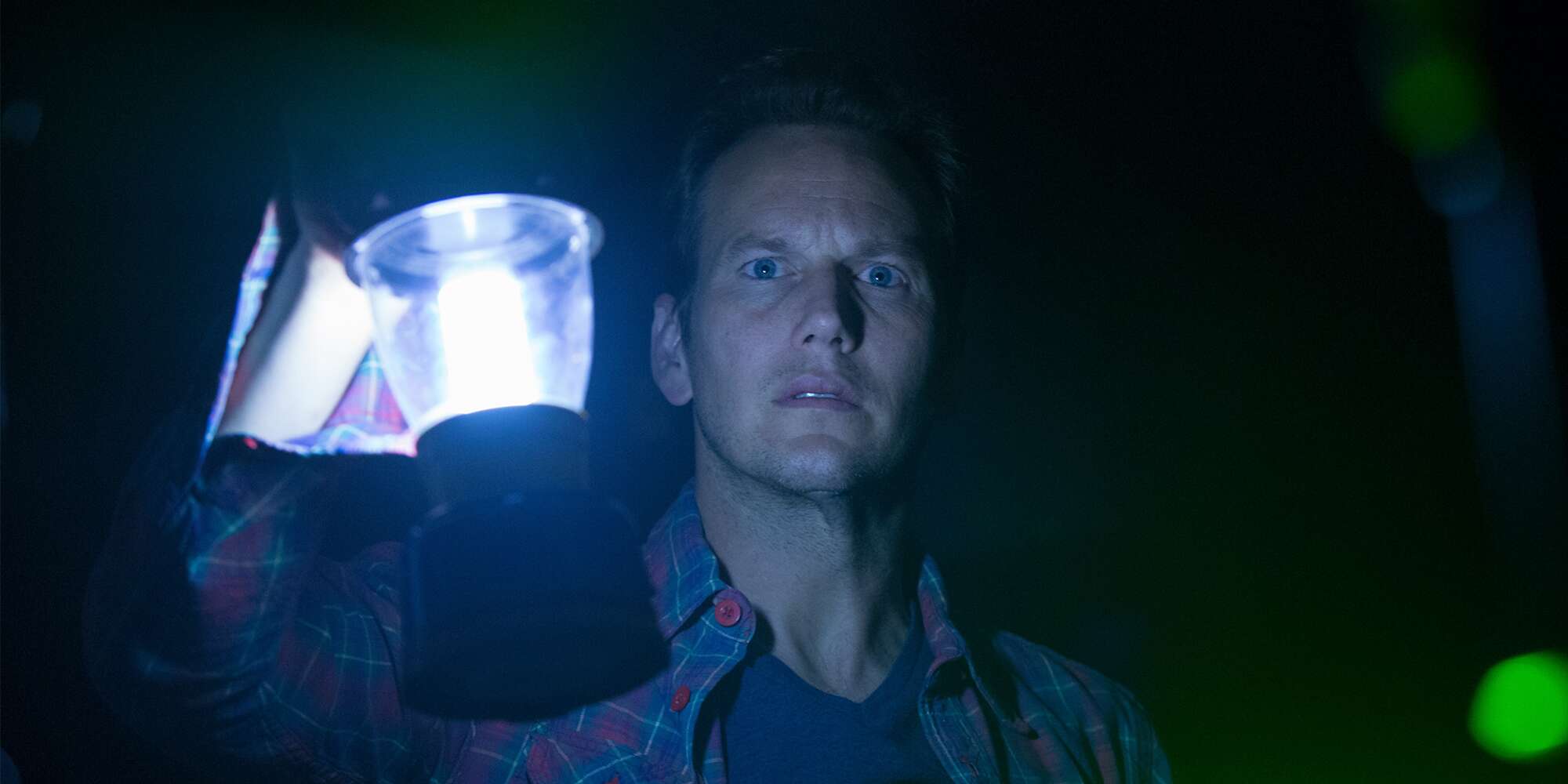Table of Contents Show
Female characters in horror films have often been relegated to cliché — as an ax-wielding, virginal ‘final girl,’ ‘black widow’ seductress, scream queen, or witch in the woods, among others. And since the eighties and nineties, the horror genre has produced a profusion of remakes, slasher films, and classic haunted house scenarios — think Amityville Horror (2005) and House on Haunted Hill (1999).
More recently, however, we are seeing more progressive trends in the horror genre; after its release, Insidious (2011; James Wan) elevated mainstream horror by changing traditional haunting tropes, utilizing unconventional leads, and shifting the spotlight from slasher reboots and gore to suspense-driven hauntings centered on inherited trauma and childhood illness. Rather than conforming to a marketable “mold,” Insidious celebrates female strength in an unconventional form. This article will explore how Insidious disrupts conventional horror narrative through Elise Rainier (Lin Shaye), a female lead character whose agency lies in her nonconformity and in her unique skills in grappling with not only paranormal forces but those which are even more insidious – inherited trauma and the implications of its suppression.
A Haunted House Restoration
Insidious director James Wan and writer Leigh Whannel found success in a horror story that rose through the ranks because of the atypical and contemporary concerns that it confronts. According to Tres Dean for Looper, the film practically gave birth to “an entire generation’s thesis statement” (( Dean, Tres. “How Insidious Changed Horror Movies and No One Noticed.” Looper.com, 25 Jan. 2022. )). That is, horror has always been a rather forward-looking genre, one which reflects not only widespread trends but societal “anxieties” and uncertainties. For instance, there came an influx of demonic possessions in horror films during the 70s and 80s in response to the Satanic Panic which influenced and haunted the masses.
For young blood, however, “It’s the post-Iraq War, post-recession generation, a culture of young adults forced to grapple with the fact that past generations have left a massive mess for them to clean up” (( Dean, Tres. “How Insidious Changed Horror Movies and No One Noticed.” Looper.com, 25 Jan. 2022. )) — a generation confronting and laying claim to inherited trauma and anxiety. In comparison to other generations, Gen Z takes the lead in being more vocal, receptive, and accepting of mental health concerns compared to older generations (( Cuncic, Arlin. “Why Gen Z Is More Open to Talking About Their Mental Health.” Verywellmind.com, 25 Mar. 2021. )).
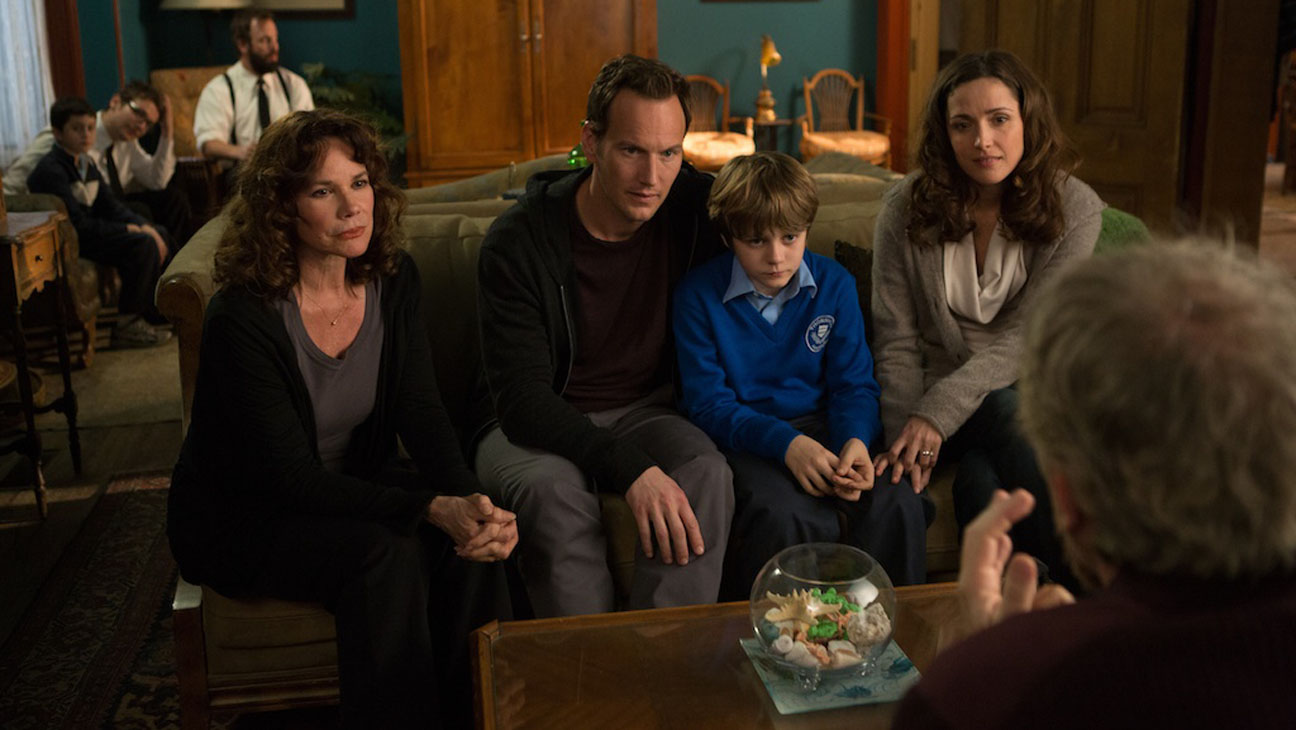
With an increase in mental health awareness, as well as diagnoses and alternative treatments, it is unsurprising that Insidious found a means of joining in on this narrative; this set the stage for a cinematic universe woven around shared horror and dialogue, a dialogue that reached critical acclaim and paved the way for other films and series to follow suit. Think, for instance, The Haunting of Hill House (2018; Mike Flanagan) and the Netflix show’s focus on childhood trauma and all its ghosts.
To center this trauma narrative, Insidious dives headlong into the classic ‘haunted house’ scenario and breathes new life into its overly worn frame: it’s not the house that’s haunted. Rather, it’s the son, Dalton, whose body entities find ripe for the taking. That is, his body becomes an empty vessel due to his ability to astral project – an ability he inherits from his father. This revelation is presented within a conversation between Josh, Dalton’s father, and Josh’s mother, Lorraine. She hands her son a packet of photographs of himself during his adolescent years, and as he flips through them, he notices a dark figure appearing behind him in every frame. Sweat pouring down his face, Josh murmurs,
“I don’t…I don’t remember any of this.”
“You’ve blocked it out,” Elise explains, later adding, “I advised Lorraine to hide them. To stop taking your picture. And to let you forget.” (( Wan, James and Leigh Whannell, directors. Insidious. Haunted Movies et al., 2011. )).
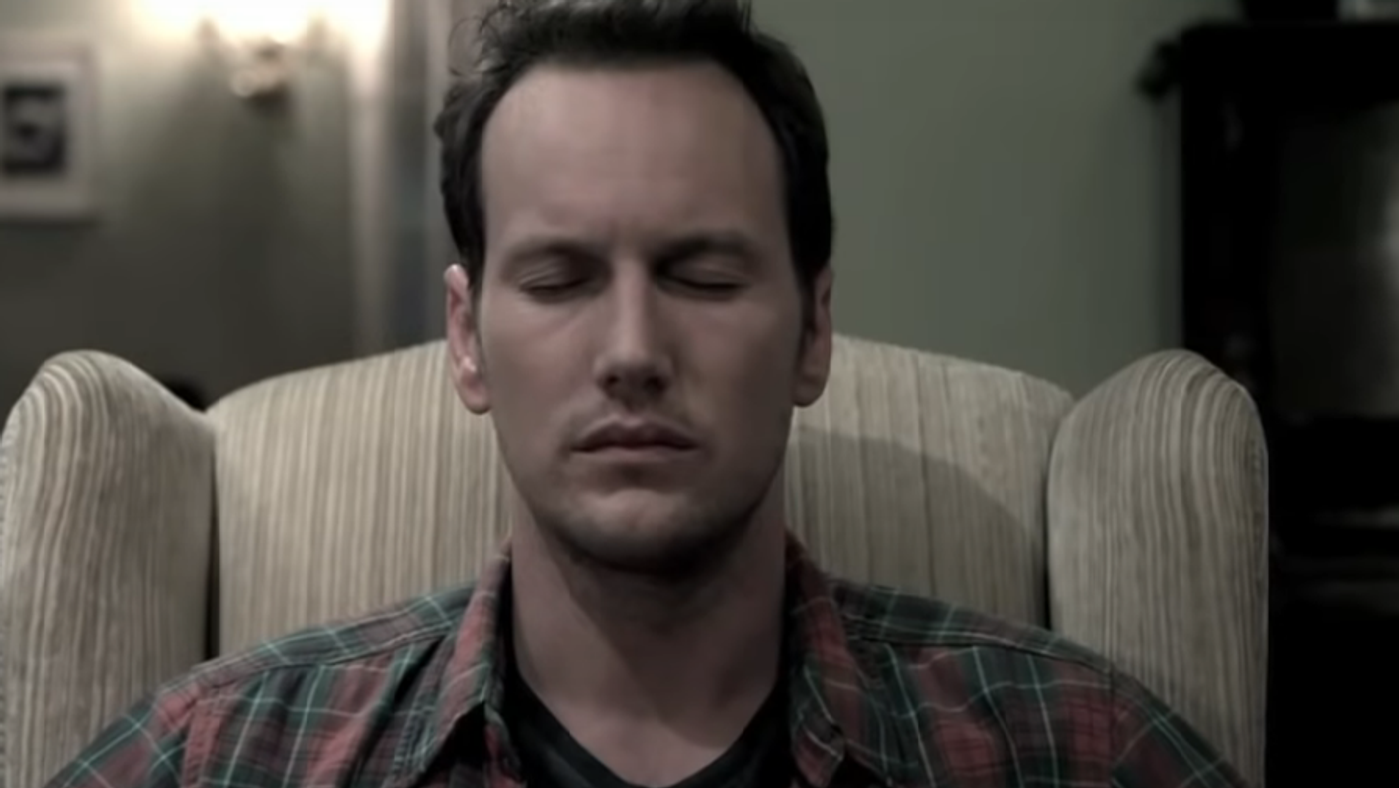
This astral projection is an ability that his father repressed and, for a long time, refused to acknowledge in himself and his son. Unfortunately, this means that the child is left to struggle with the consequences of his father’s traumatic past, and primarily alone. Yet, it is the father, we find, who becomes the most vulnerable. By blocking his past, he is unable to guide his son forward — or in this case, more literally, Further, as we learn from Elise that it is there, in the preternatural purgatory known as the Further, that Dalton’s astral body resides.
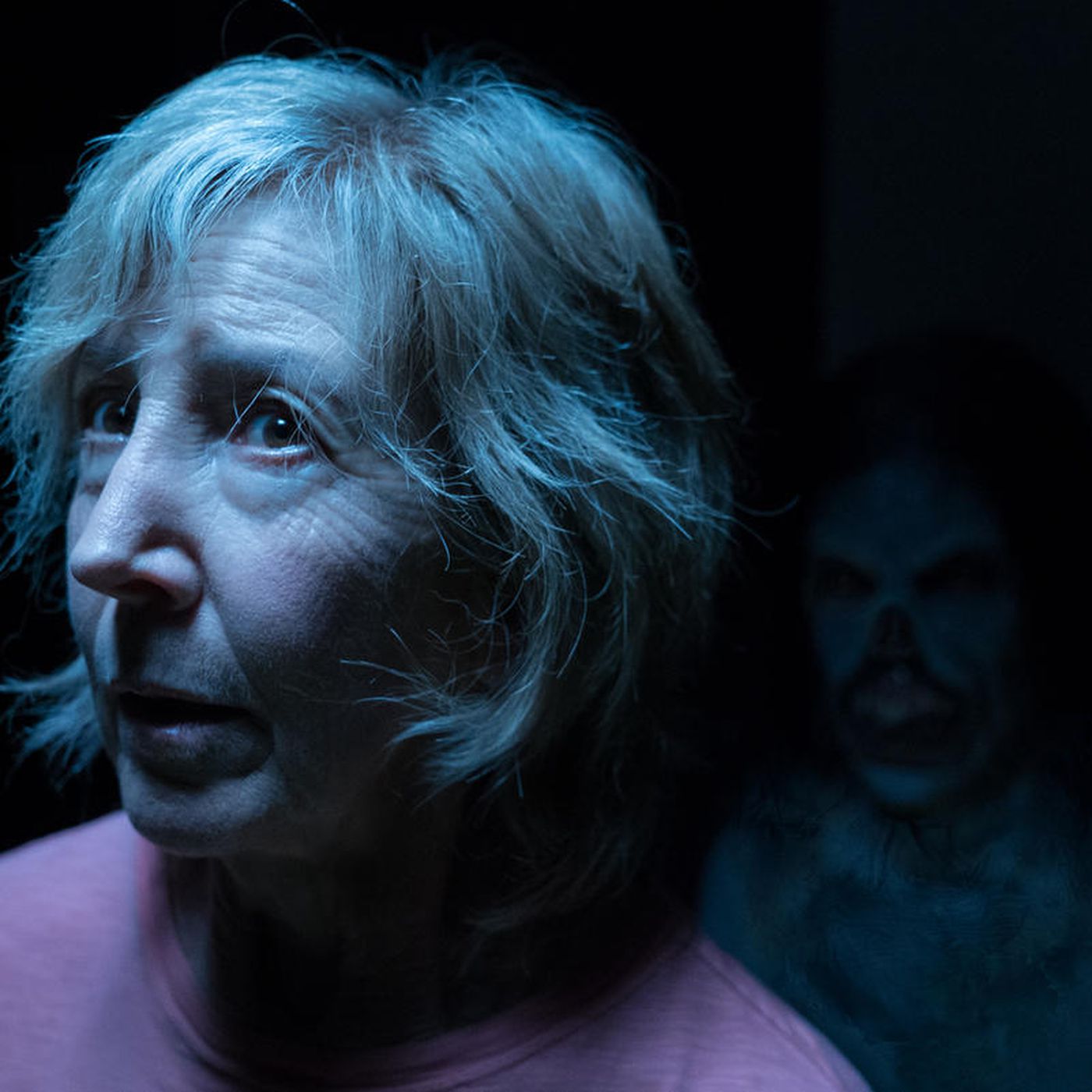
Without such guidance or acknowledgment of Dalton’s ability, an ability that “was handed down to him by his father,” as Elise rightly notes, the child is vulnerable; it is this vulnerability which “has led him to travel too far and become lost.” This is telling, as Insidious appears to bring awareness to this issue of repressing one’s mental health concerns and how such repression can “spill” outward and, ultimately, become a detriment to others.
Elise Rainier: An Unconventional Horror ‘Hero’
The movie doesn’t stop there in reaching new, offbeat horror heights. Rather than featuring a lead female character who falls victim to ‘final girl’ tropes, audiences are graced with Lin Shaye: a strong, beloved older ‘leading lady’ who fans affectionally refer to as ‘The Godmother of Horror’ for her stunning performances not only in Insidious and her reprised roles within the developing franchise but for her activity and stunning adaptability within the cinematic horror industry — with appearances in such movies as A Nightmare on Elm Street (1984) or, more recently, Ouija (2014) and The Grudge (2020) (( Piepenburg, Erik. “Lin Shaye Faces Down Horrors in ‘Insidious: Chapter 3.’” Nytimes.com, 3 June 2015. )). In Insidious, Lin Shaye plays the psychic Elise Rainier, whose eventual demise merely sets the stage for her work as a psychic superhero.
It is Elise who assumes the authoritative role. She guides the haunted family to the truth regarding the intricate connections between our past and present. When explaining to Renai and Josh about Dalton’s abilities, she notes:
“To some degree, we all have the ability to do it, but most of us subconsciously suppress it or don’t know how to access it.” (( Wan, James and Leigh Whannell, directors. Insidious. Haunted Movies et al., 2011. )).
That is, many of us have experienced some form of trauma. And, as survivors of trauma, we also tend to suppress such memories. Here, she seems to highlight the origination of inherited trauma, or as scientists are starting to uncover, the ability of trauma to be passed down epigenetically from one generation to the next. In other words, there is evidence to suggest that “trauma can leave a chemical mark on a person’s genes” ((Carey, Benedict. “Can We Really Inherit Trauma?” nytimes.com, 10 Dec. 2018)).
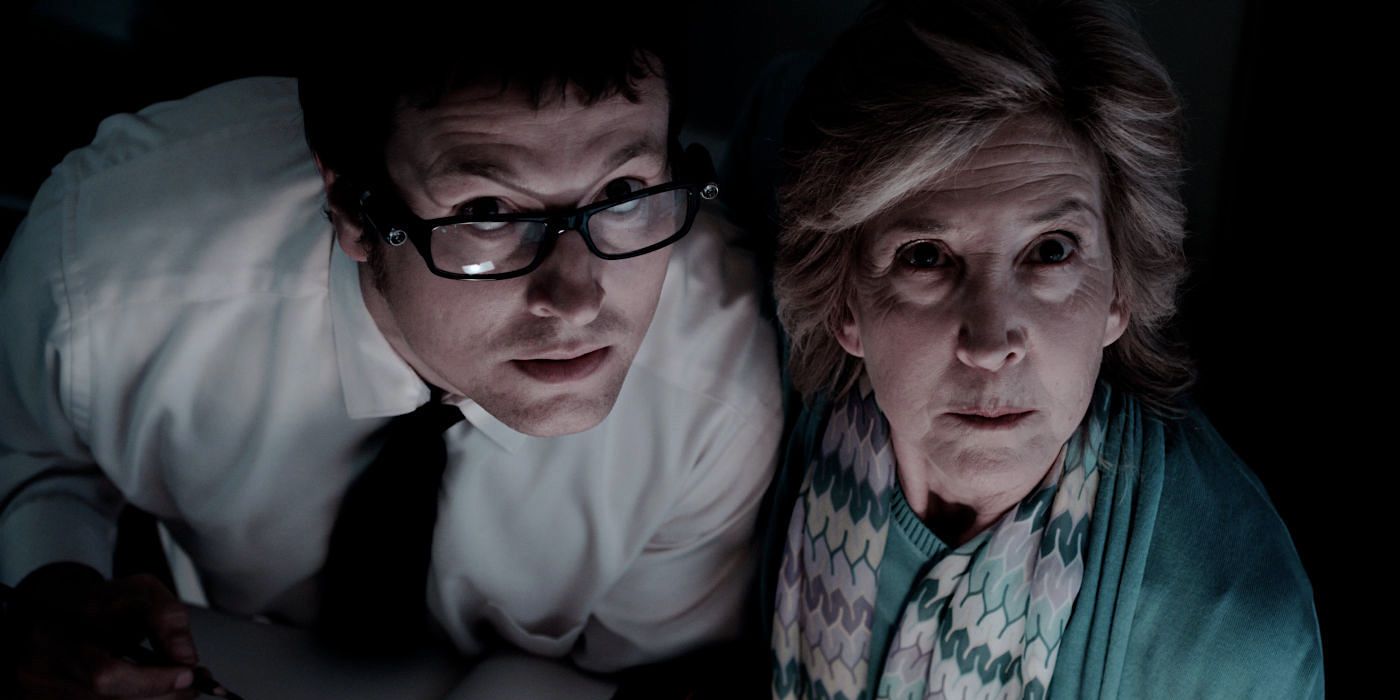
She is not only the most experienced in parapsychology; as a kindly, powerful psychic, she aids in saving others from evil. But, more significantly, she finds a means of exposing and allowing others to confront, the traumas of their past, as they form the catalyst for such malevolence to take root in their lives. She becomes an unlikely superhero, as a female protagonist, Elise Rainier is a much-needed one.
Though Insidious isn’t inherently feminist, there’s much to be said for a character whose strength and agency lies in her nonconforming, yet motherly authority. That is, how often are we presented with a 60- or 70-year old ‘leading lady’ who kicks ass in cardigans and muted scarves? Elise succeeds where others haven’t; she “isn’t made to present outward signifiers of toughness” (( Han, Karen. “How ‘Insidious’ Changed the Horror Movie Game.” Thedailybeast.com, 12 Jan. 2018. )), and she isn’t presented as overtly ‘maternal’ or as The Mother archetype, as the character never had children, and her role never supersedes the mother figures of Renai Lambert (Rose Byrne; Josh’s wife) or Lorraine Lambert (Barbara Hershey; Josh’s mother).
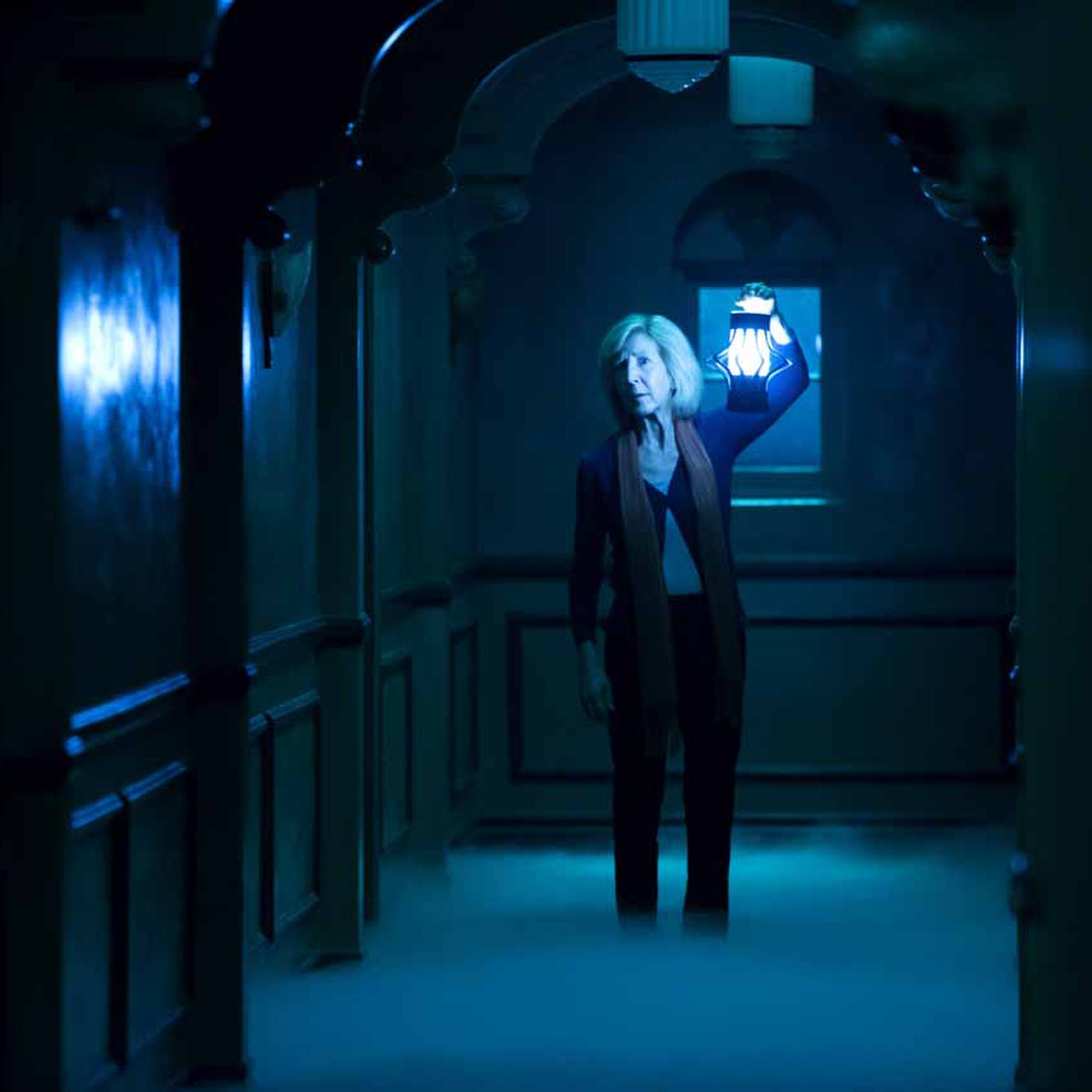
In this way, the film likewise succeeds through its connection to a wider demographic; Elise not only reaches and connects to older generations but she is paired with two younger, lovable nerds — Specs and Tucker — whom she seemingly adopts in order to aid her with her investigations; though the men sometimes border on ridiculous in their approach, they’re nevertheless, as Karen Han rightly notes, “unwaveringly loyal to Elise without trying to supersede her authority” (( Han, Karen. “How ‘Insidious’ Changed the Horror Movie Game.” Thedailybeast.com, 12 Jan. 2018. )).
A Future Horror-Verse
Through Insidious, James Wan and Leigh Whannel changed the horror game, elevating the genre and setting the stage for future modern horror-verses to come. Through unconventional haunts and female leads, the franchise succeeds in developing an empowering cast of characters and an intricate, non-linear horror-verse that questions our understanding of trauma, repression, and what it means to be haunted. Here’s to the upcoming Insidious 5, expected to arrive in theaters in 2022.
